When most people think of pets, they typically envision furry companions like dogs, cats, or perhaps small mammals like hamsters. However, the world of pet keeping extends far beyond traditional choices. Insects, often overlooked as potential pets, can offer fascinating, low-maintenance companionship with minimal space requirements. These tiny creatures present unique opportunities to observe natural behaviors and life cycles up close, making them excellent educational pets for children and adults alike. From beautiful butterflies to industrious ants, the following ten insects are surprisingly easy to care for and can bring unexpected joy to your home.
1. Stick Insects (Phasmatodea)
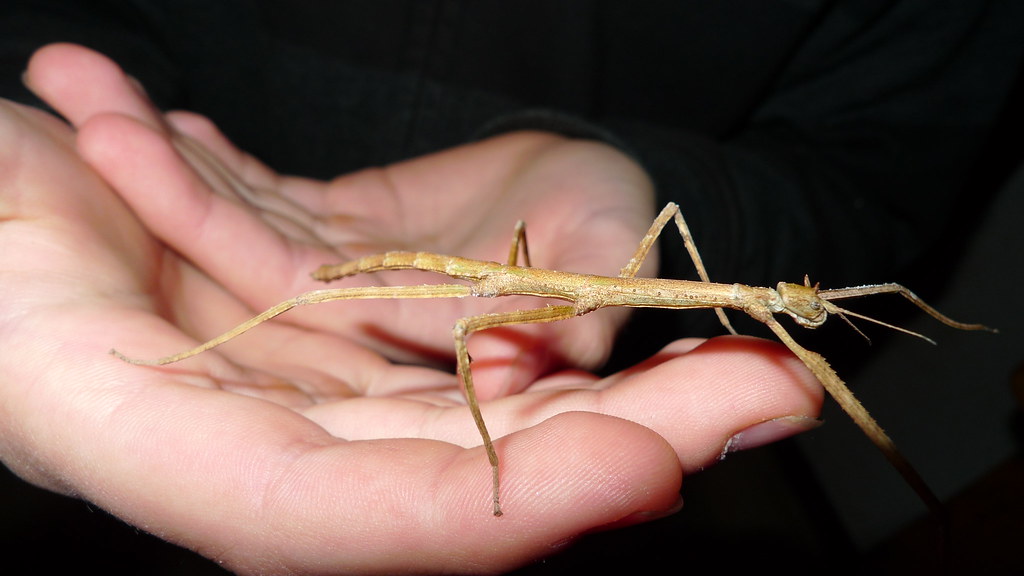
Stick insects rank among the most beginner-friendly insect pets due to their straightforward care requirements and fascinating camouflage abilities. These peaceful creatures primarily need fresh leaves from plants like bramble, oak, or rose, which should be replaced every few days to ensure freshness. Their enclosure can be as simple as a well-ventilated container with some branches for climbing and molting. Most species live for about a year, though some can survive up to three years with proper care. Perhaps the most rewarding aspect of keeping stick insects is watching them grow from tiny nymphs to full-sized adults, sometimes reaching impressive lengths of several inches depending on the species.
2. Madagascan Hissing Cockroaches
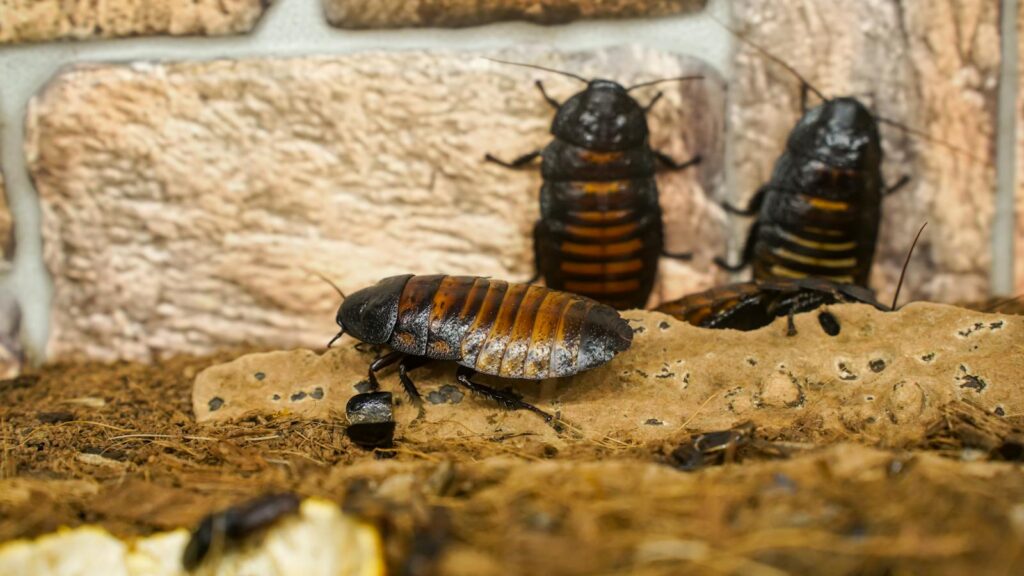
Despite the negative reputation cockroaches have acquired, Madagascan hissing cockroaches make surprisingly charming and low-maintenance pets. These large, wingless insects are clean, odorless, and produce a distinctive hissing sound when disturbed, which adds to their unique appeal. Their care is remarkably simple: a plastic container with air holes, a substrate of coconut fiber or paper towels, and some hiding places like egg cartons or bark pieces will suffice as housing. Their diet consists primarily of fresh fruits, vegetables, and commercial roach food, with fresh water provided via a damp sponge to prevent drowning. With lifespans reaching up to five years, these gentle giants offer long-term companionship without demanding complex care routines.
3. Praying Mantises

Praying mantises stand out as charismatic predators that display fascinating hunting behaviors, making them engaging pets for those interested in insect predator-prey dynamics. Their distinctive prayer-like posture and swiveling heads give them an almost alien appearance that captivates both children and adults. Caring for mantises requires a container at least three times their body length in height with adequate ventilation, climbing branches, and plants for environmental enrichment. Their diet consists mainly of live prey such as fruit flies for nymphs and crickets or flies for adults, making feeding time particularly entertaining as you observe their lightning-fast strikes. Although their lifespan is relatively short (usually 6-12 months), watching a mantis develop from a tiny nymph to an adult offers a complete cycle of insect development in a manageable timeframe.
4. Mealworms/Darkling Beetles
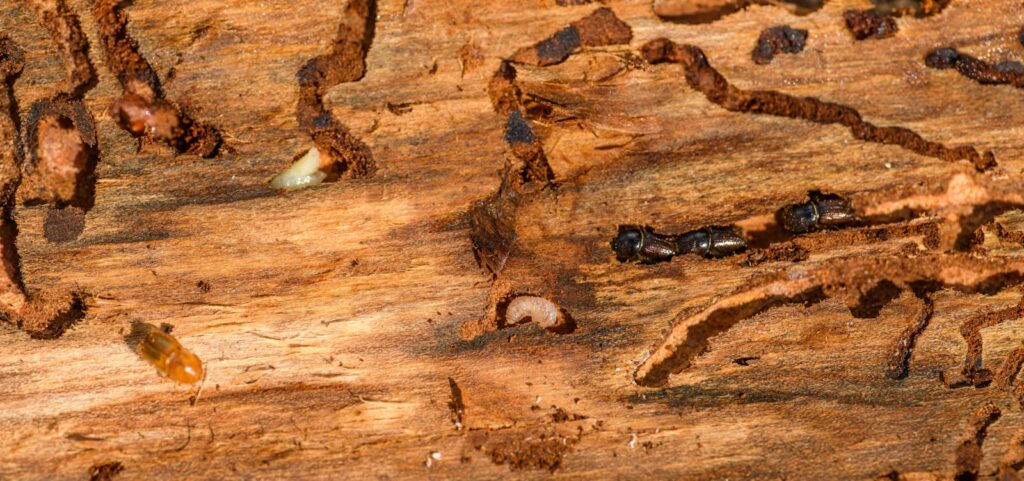
Mealworms and their adult form, darkling beetles, provide an excellent introduction to complete metamorphosis for beginners and children. These insects are extraordinarily easy to care for, requiring only a shallow container with oatmeal, bran, or wheat germ as both habitat and food source. The lifecycle transformation from larvae (mealworms) to pupae and finally to beetle form offers a fascinating educational experience about insect development stages. Adding occasional fruits or vegetables like carrot slices or apple pieces provides necessary moisture while avoiding the need for a water dish, which could cause drowning. With proper care, a colony can become self-sustaining as beetles lay eggs that develop into new larvae, creating an ongoing cycle that can last for years with minimal intervention.
5. Leaf Insects (Phylliidae)
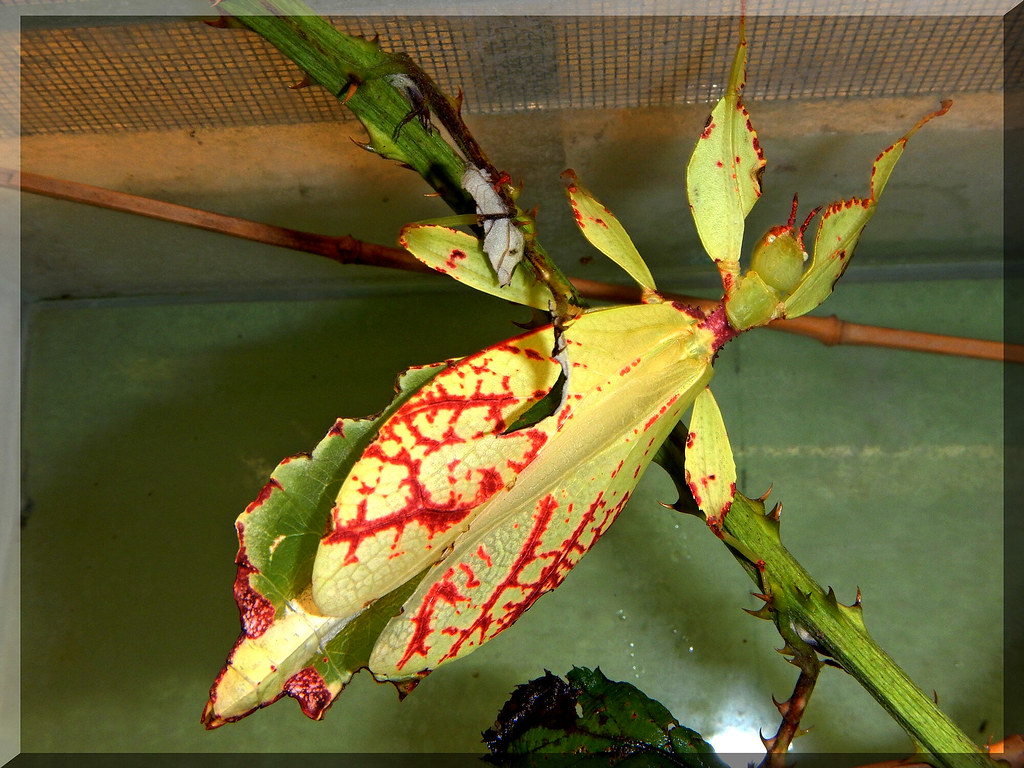
Leaf insects represent the pinnacle of evolutionary camouflage, with bodies that so precisely mimic leaves that they often go undetected even by keen observers. These gentle herbivores require similar care to stick insects but showcase even more remarkable mimicry, complete with leaf-like extensions and movements that simulate a leaf swaying in the breeze. Their enclosure should be vertically oriented with good ventilation, moderate humidity, and branches of their preferred food plants such as oak, bramble, or guava. Female leaf insects can reproduce parthenogenetically (without males), meaning a single female can produce fertile eggs, making population management an important consideration for keepers. These fascinating creatures generally live from 12-18 months and offer a unique opportunity to witness one of nature’s most perfect examples of evolutionary adaptation.
6. Giant African Millipedes

Giant African millipedes make docile, slow-moving pets that can grow up to 11 inches long and live for seven to ten years with proper care. Unlike many insects on this list, these gentle giants can be handled carefully and regularly, though handlers should wash their hands afterward as they may secrete a mild irritant when stressed. Their housing requires a simple terrarium with a few inches of coconut fiber or forest soil substrate that should be kept slightly damp but never soggy. Millipedes are nature’s recyclers, feeding primarily on decaying plant matter, so a diet of leaf litter, vegetables, fruits, and commercial millipede food provides all the nutrition they need. Their slow, methodical movement as dozens of legs work in rhythmic waves makes them mesmerizing to watch as they explore their environment.
7. Ant Colonies
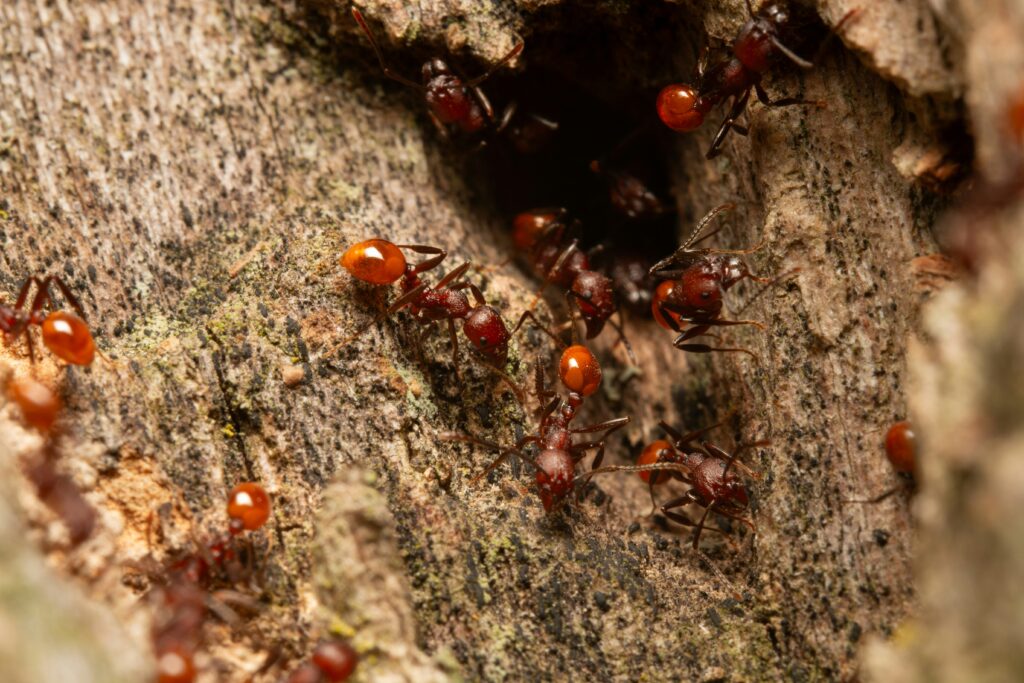
Ant colonies offer perhaps the most complex social behavior of any insect pet, providing endless fascination as you observe their organized labor, tunnel construction, and hierarchy. Modern ant farms have evolved beyond the simple sand versions of the past, with gel-based habitats and even connecting modules that allow colony expansion as the population grows. Starting with a queen ant (available from specialty suppliers) ensures the colony’s long-term sustainability as she can live for years or even decades in some species. Feeding requirements vary by species but typically include sugar water, small pieces of fruit, and occasional protein sources like small insects. The educational value of observing division of labor, communication methods, and problem-solving abilities makes ant colonies particularly valuable for children interested in biology or social systems.
8. Assassin Bugs
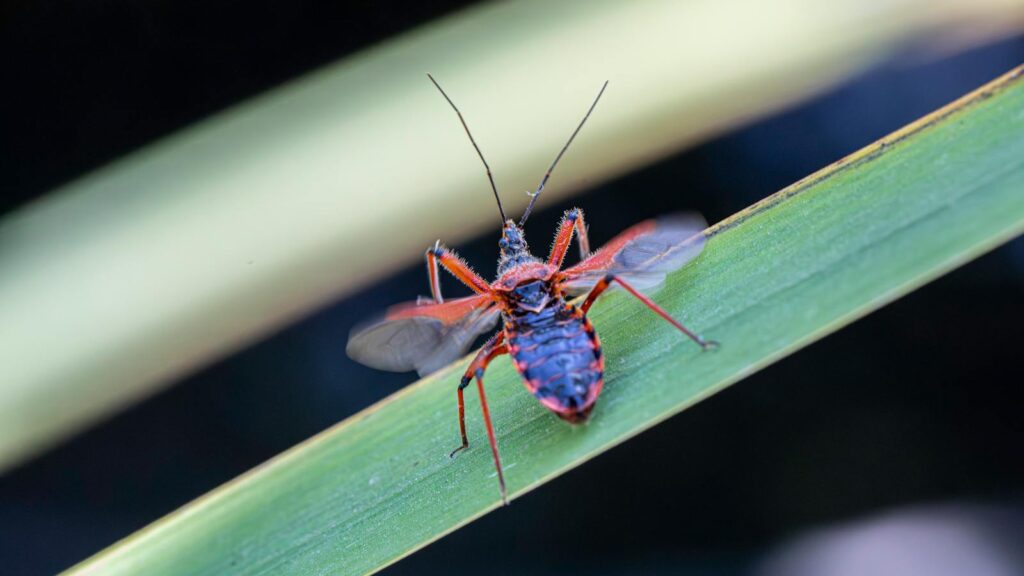
Assassin bugs combine predatory excitement with relatively simple care requirements, making them excellent pets for those who enjoy observing hunting behaviors. These efficient predators use their specialized proboscis to inject prey with digestive enzymes, making feeding time particularly dramatic as they liquify and consume their prey. Housing should include a well-ventilated container with hiding places, climbing surfaces, and substrate such as coconut fiber or paper towels. Their diet consists of live prey such as crickets, flies, or mealworms, which should be size-appropriate for the assassin bug’s development stage. Though handling is not recommended due to their capability of delivering a painful (though non-venomous) bite if threatened, watching these skilled hunters stalk and capture prey offers a window into predator-prey dynamics rarely seen so clearly in other pet insects.
9. Butterflies and Moths
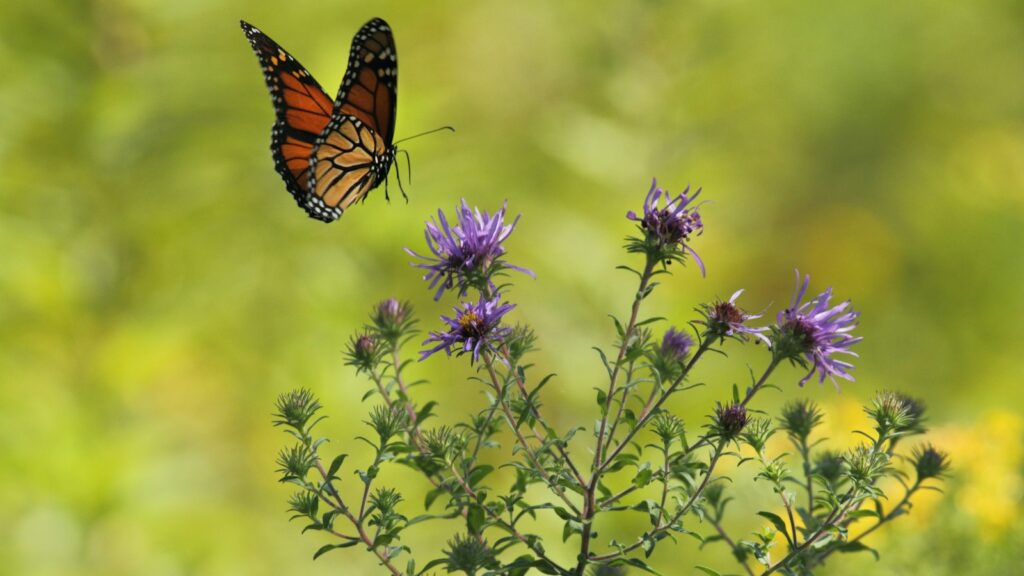
Raising butterflies or moths from caterpillars to adults creates a magical experience as you witness complete metamorphosis firsthand. Starting with eggs or young caterpillars (often available through educational supply companies or specialty breeders), you’ll need to provide fresh leaves specific to your species—for instance, monarch caterpillars require milkweed, while swallowtails may need parsley or dill. After the caterpillar stage, watching the formation of a chrysalis or cocoon and the eventual emergence of a winged adult offers an unforgettable educational experience about life cycles. Adult butterflies can be kept briefly in mesh enclosures with flowering plants and sugar water before release, though some moth species can be kept longer with proper accommodations. This temporary pet experience culminates in the rewarding act of releasing healthy adults back into nature, combining pet keeping with conservation education.
10. Crickets
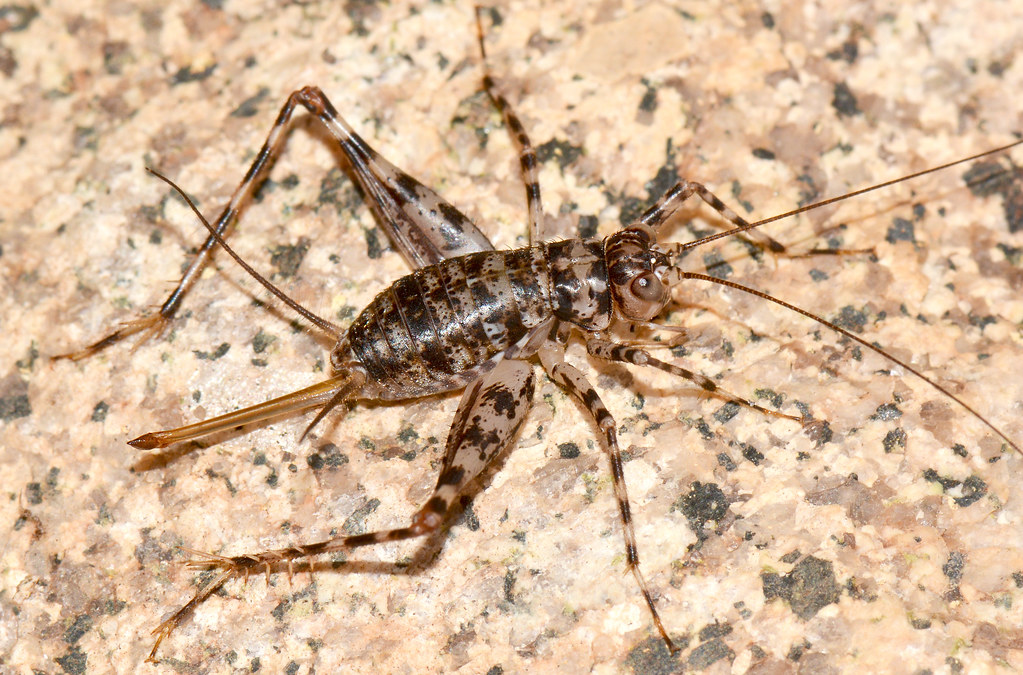
Crickets may seem like an unusual pet choice, especially since many reptile owners view them primarily as feeder insects, but these musical insects make surprisingly engaging pets with minimal care requirements. Their distinctive chirping (produced only by males) adds a pleasant ambient sound to any home, reminiscent of warm summer evenings. Housing crickets requires just a simple container with egg cartons for hiding places, food like commercial cricket food or vegetables, and a water source provided via a damp sponge or cotton ball to prevent drowning. Breeding is straightforward if desired—just provide a container of slightly damp soil for females to deposit eggs, which will hatch into tiny nymphs in about two weeks. Their short lifespan of about two months makes them perfect for temporary pet projects, while their active nature and social interactions provide constant entertainment.
Benefits of Keeping Insects as Pets
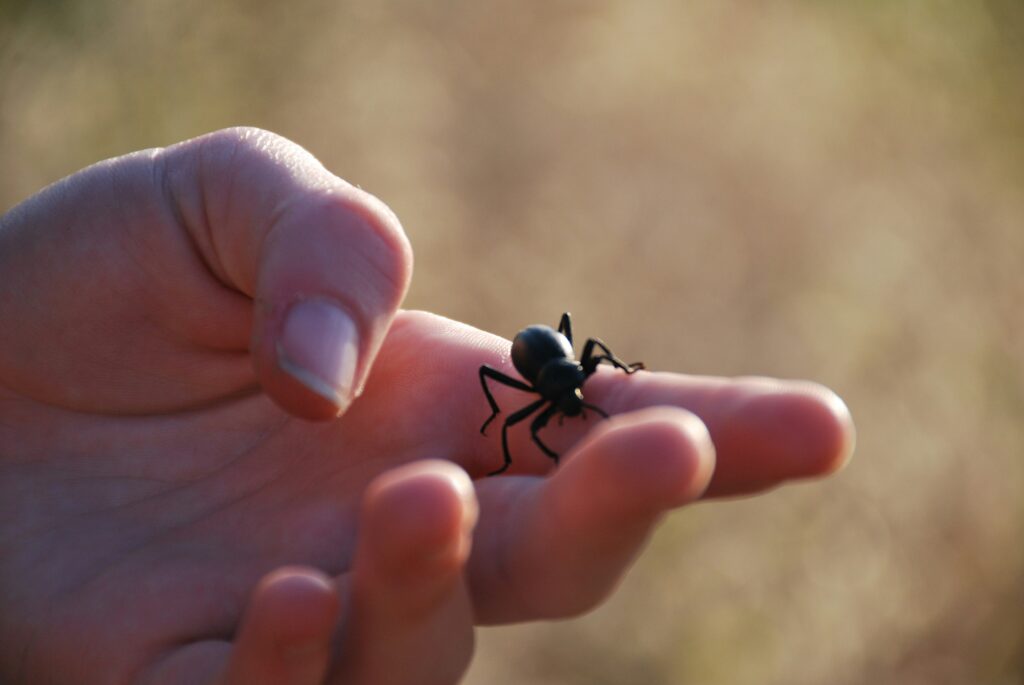
Insect pets offer numerous advantages over traditional pets that make them ideal for many living situations. Their small space requirements mean they’re perfect for apartment living or classrooms where larger pets wouldn’t be practical. Most require minimal financial investment in both initial setup and ongoing care, with feeding costs measured in cents rather than dollars per week. The environmental impact is also significantly lower, with reduced resource consumption compared to traditional pets. Perhaps most importantly, insect pets provide unique educational opportunities to observe behaviors, life cycles, and adaptations that might otherwise remain abstract concepts in textbooks. For individuals with allergies to fur-bearing animals, insects present a hypoallergenic alternative that still satisfies the desire to care for and observe a living creature.
Getting Started: Essential Supplies
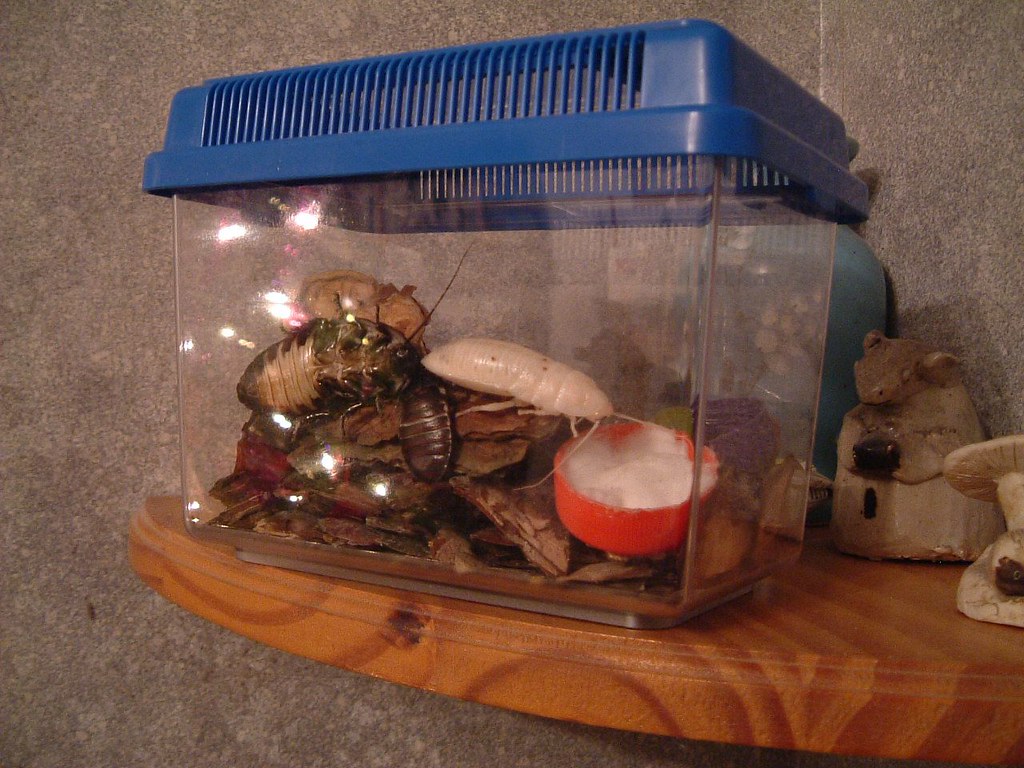
Beginning your journey into insect keeping requires just a few basic supplies that can often be assembled from items already around your home. The primary housing requirement for most species is a well-ventilated container, which can range from purpose-built terrariums to modified plastic storage containers with mesh panels added for airflow. Substrate choices depend on your chosen species but might include coconut fiber, paper towels, or specialized insect bedding available from pet suppliers. Food and water provisions vary widely by species, from fresh plant material for herbivores to live prey for predatory species, though water is typically provided via misting or damp sponges rather than open containers that pose drowning risks. Additional items like thermometers, hygroscopes for monitoring humidity, and specialized decor or climbing structures can enhance your setup as you become more invested in the hobby, but aren’t strictly necessary for beginners.
Ethical Considerations and Responsible Ownership
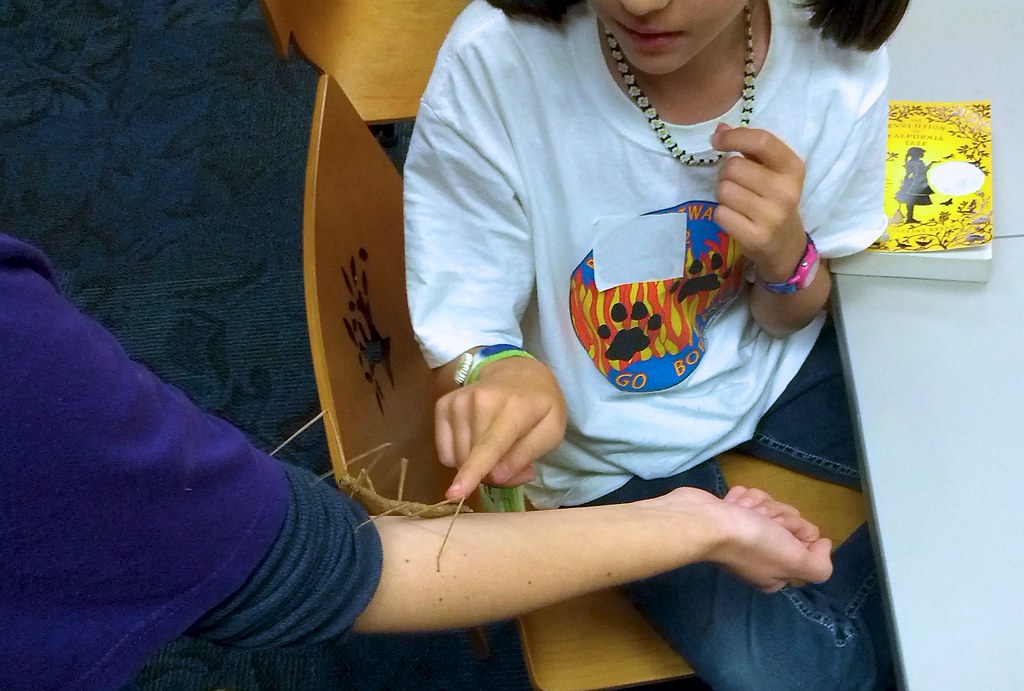
While insect keeping presents fewer ethical concerns than many traditional pets, responsible ownership still requires consideration of several factors. First and foremost, never release non-native species into the environment, as they could potentially become invasive and disrupt local ecosystems. Research your chosen species thoroughly before purchase to ensure you can meet all its requirements throughout its entire lifespan, not just during the most interesting phases of development. If breeding occurs, have plans for ethical management of offspring, whether through finding suitable homes or humane population control methods appropriate to the species. When sourcing your insects, prioritize captive-bred specimens rather than wild-caught individuals to minimize impact on natural populations. Remember that even though insects may not show affection or recognition like vertebrate pets, they still deserve humane treatment and conditions that allow them to express natural behaviors.
Conclusion
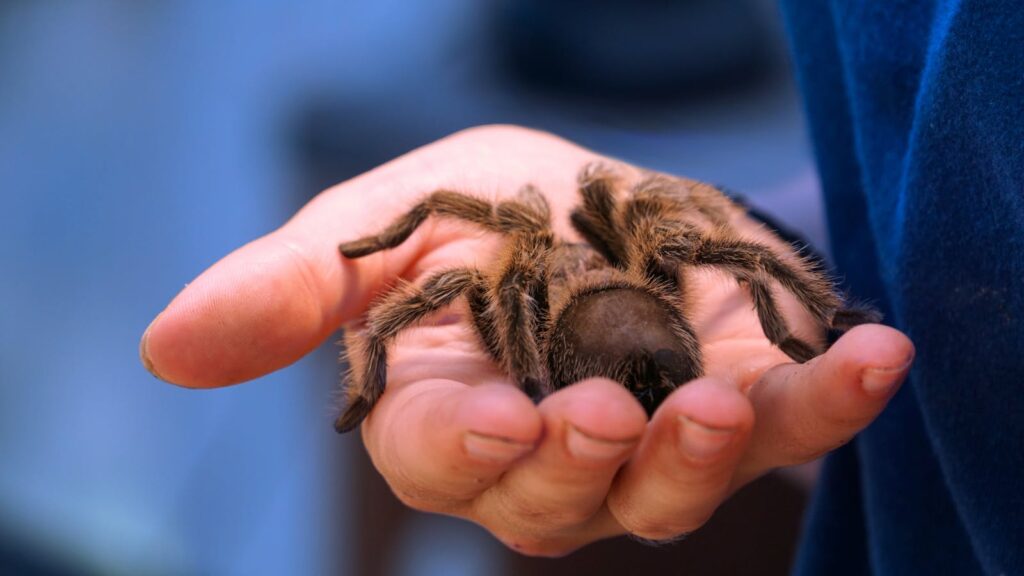
Insect pets open a fascinating window into the diverse world of arthropods, offering low-maintenance companionship and educational value in even the smallest living spaces. From watching the silent stalking of a praying mantis to observing the complex social structure of an ant colony, these tiny creatures provide unique experiences that traditional pets simply cannot match. As interest in sustainable and space-efficient pet keeping grows, insects represent an emerging frontier in the human-animal bond—one that requires minimal resources while maximizing opportunities for wonder and discovery. Whether you’re a curious child, an apartment dweller with limited space, or simply someone seeking an unconventional pet experience, these ten insect species offer accessible entry points into a hobby that combines the joys of pet keeping with the excitement of scientific observation.

